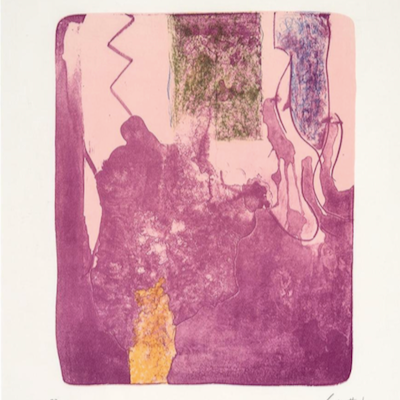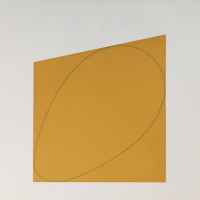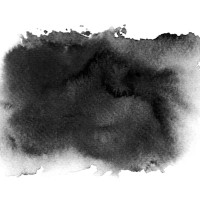
What is lyrical abstraction ?
Lyrical abstraction is a descriptive term characterizing a type of abstract painting closely related to Abstract Expressionism, in use from the 1940s to the present. The term can also describe two distinct but related trends in post-World War II modernist painting. This art movement originated in Paris, France, after the war, emphasizing personal expression, spontaneity, and the emotional use of color and form.
Show All
- Show All
- Established
- Discoveries
Show All
ARTWORKS RELATED TO LYRICAL ABSTRACTION
Frank Stella
River of Ponds IV, Newfoundland Series, 1971
Limited Edition Print
Lithograph
Inquire For Price
Helen Frankenthaler
Pompeii Forte, 1976-82
Limited Edition Print
Etching and Aquatint
Inquire For Price
Robert Motherwell
No. 12 (from The Basque Suite), 1971
Limited Edition Print
Screen-print
Currently Not Available






















